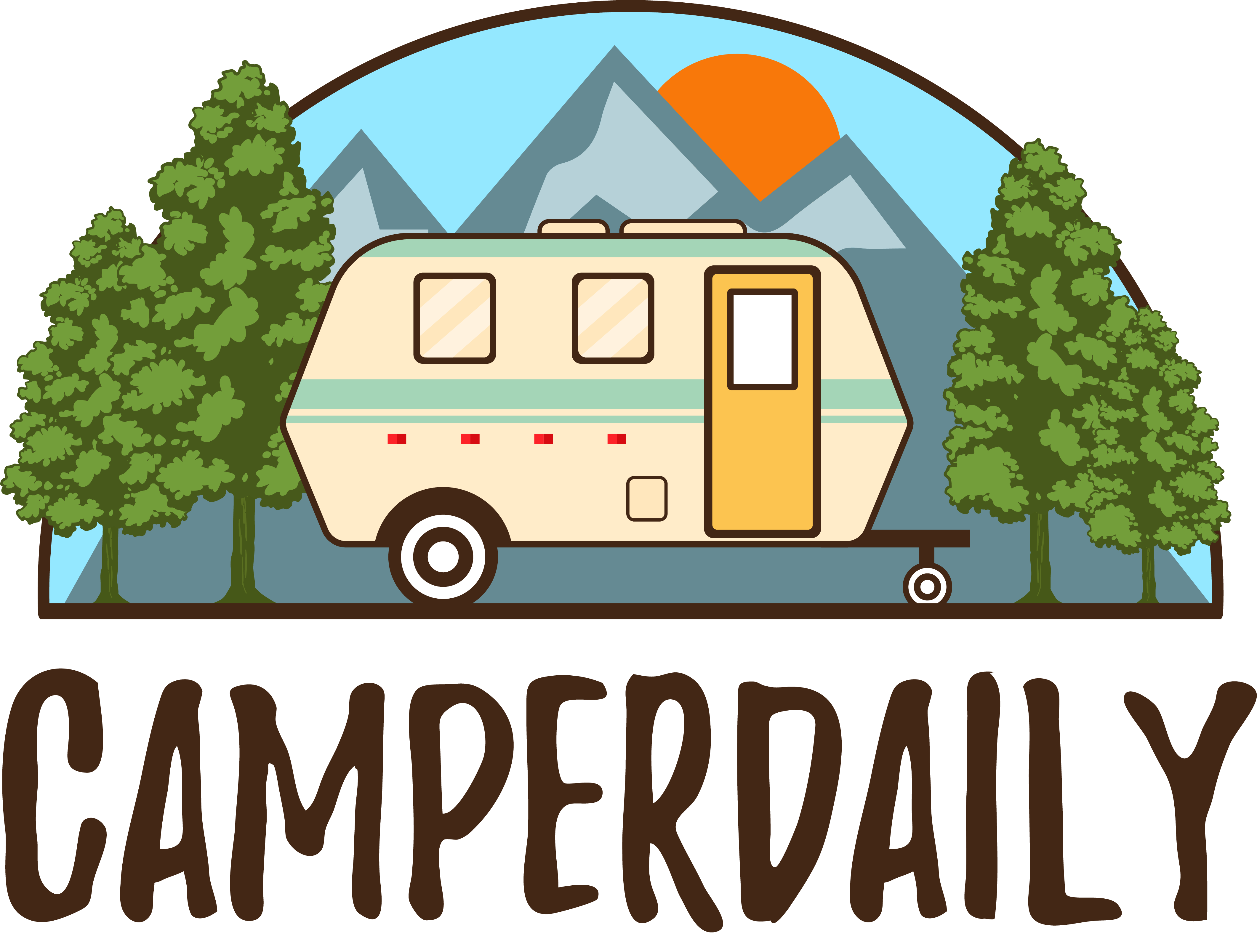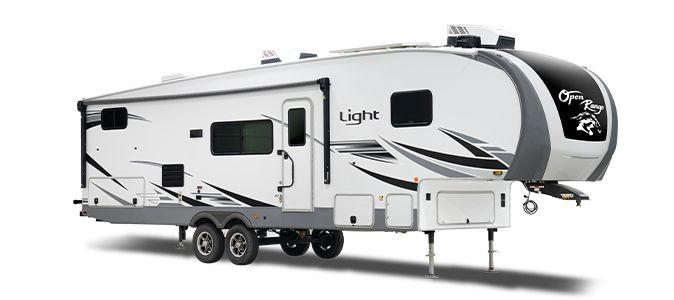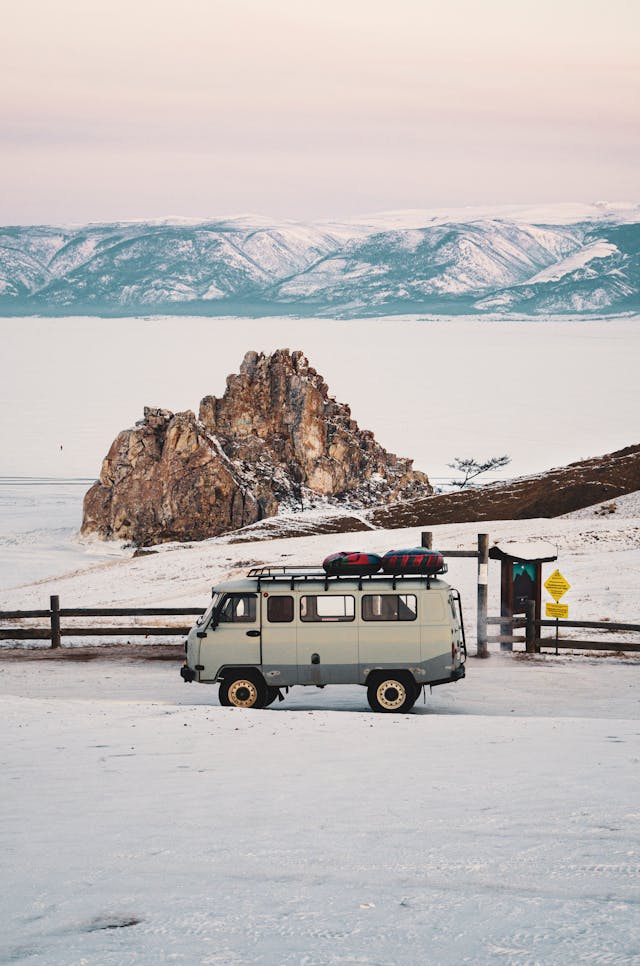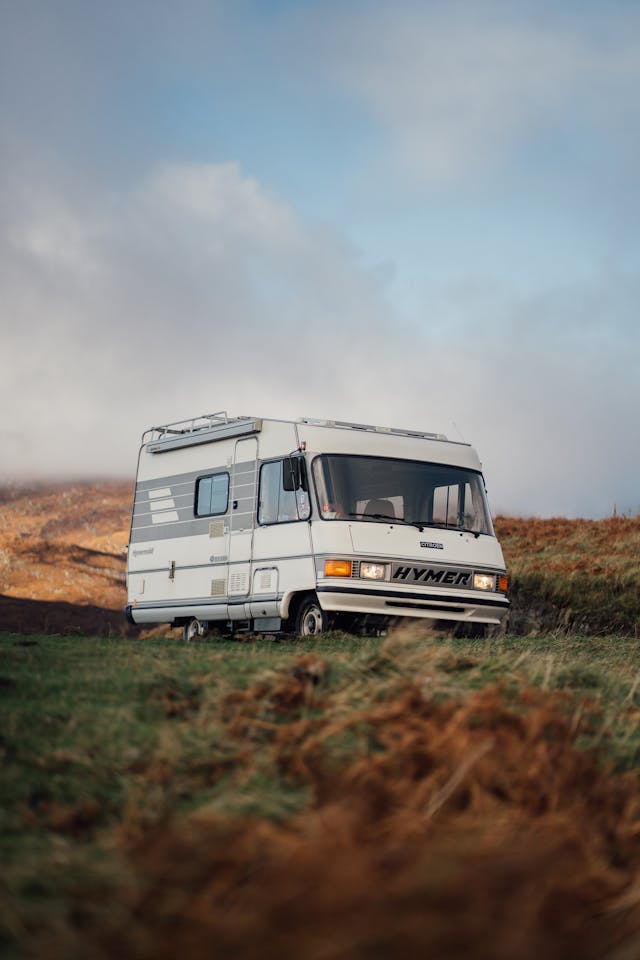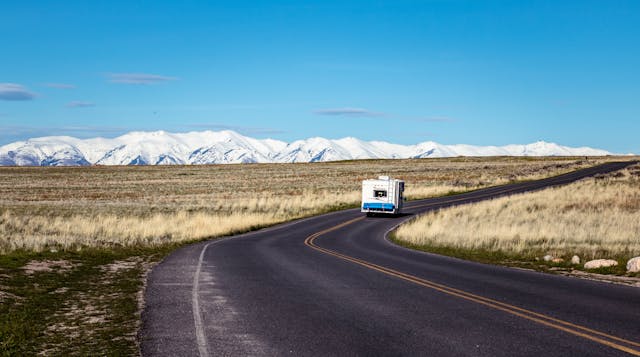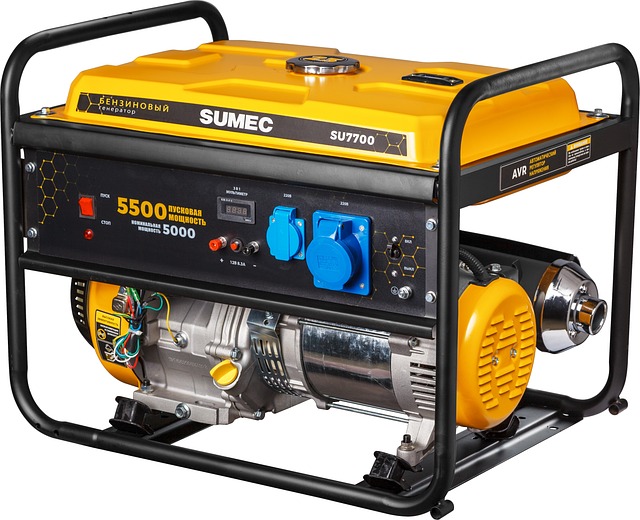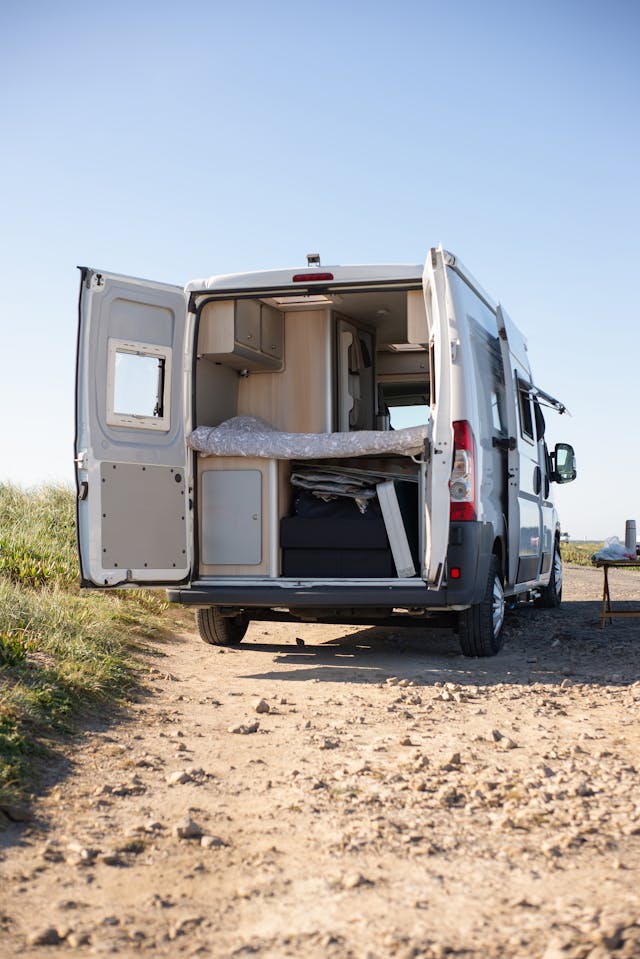While exploring options for purchasing a fifth wheel camper, I found myself overwhelmed by the number of choices available. I wanted something reliable, high-quality, and worth the investment. After doing some research, I’ve narrowed it down to a few standout manufacturers that consistently deliver excellent fifth wheel campers.
Here are four top-rated companies known for producing exceptional fifth wheel RVs:
- Redwood
- DRV Luxury Suites
- Coachmen Chaparral
- Forest River Cardinal
These brands are praised by RV owners for their reliability, craftsmanship, and customer satisfaction.
I dug a little deeper and was impressed by the glowing reviews each of these manufacturers receives. If you’re in the market for a fifth wheel and want to learn more about what makes these companies stand out, keep reading—I’ll share my insights and what you can expect from each one.
1. Redwood RV Fifth Wheel
Although Redwood RV has only been around for about eight years, it has quickly gained a reputation for quality and customer satisfaction. Based in Indiana, this brand has captured attention nationwide—and for good reason.
Why is Redwood such a popular choice?
For starters, Redwood offers 18 different floor plans—a wide variety that allows buyers to choose a layout that suits both their needs and their lifestyle. This kind of flexibility is perfect for couples who may have different preferences in a fifth wheel—Redwood provides plenty of middle ground to keep everyone happy.
Each unit sleeps between 4 to 6 people, giving you the space and adaptability you won’t always find in other fifth wheel campers. With overall lengths ranging from 36 to 41 feet, there’s plenty of room to stretch out, relax, and enjoy your adventures—without that cramped feeling often associated with RV travel.
One of Redwood’s standout features is its dual 15,000 BTU air conditioners, strategically placed for even cooling throughout the camper. For colder months, 35,000 BTU furnaces keep things cozy, ensuring year-round comfort no matter where your travels take you.
Privacy is another area where Redwood excels. Each model comes with dual-pane windows, plus a private bedroom equipped with blinds, curtain toppers, and even a built-in HGTV setup—giving you a slice of home while on the road.
Cooking is also a breeze in Redwood fifth wheels. The solid surface countertops provide plenty of prep space, and they’re paired with solid maple hardwood cabinets that add a touch of elegance and durability. And for those who love music while they cook or relax, Redwood includes built-in sound bars, so you can enjoy your favorite playlists wherever you are.
Finally, Redwood takes safety seriously. Their fifth wheels come with oversized electric brakes, giving you extra peace of mind when you’re towing on the open road.
2. DRV Luxury Suites – Mobile Suites Fifth Wheel
If you’re looking for a fifth wheel that blends rugged durability with high-end luxury, the DRV Luxury Suites Mobile Suites line is an excellent choice. These are some of the largest and most solidly built fifth wheels on the market—designed for serious travelers who don’t want to compromise on comfort.
Built to Last, Designed to Impress
These fifth wheels range from 34 to 44 feet in length and weigh between 13,800 to 19,800 pounds—so you’ll need a capable tow vehicle. But with that extra weight comes unbeatable stability and structural integrity. In fact, these RVs are often described as being built like tanks, able to handle rough conditions while keeping you safe and secure inside.
Spacious and Stylish Interiors
Step inside, and you’ll immediately notice the 8-foot interior ceiling height, which adds an expansive, open-concept feel. It’s more than just space—it’s elegance. Each unit is outfitted with upscale touches, including:
- Custom hardwood dinettes
- Hand-laid vinyl tile flooring
- Polished solid-surface countertops
- High-end cabinetry in rich hazelnut or mocha cherry finishes
Perfect for All Seasons
With four-season perimeter heat ducting built into the floors, the Mobile Suites line is ready for year-round travel—even in colder climates. And the frameless, tinted window glass not only enhances your privacy but gives the fifth wheel a sleek, modern aesthetic.
Style Meets Function
LED lighting throughout adds a modern touch and makes the space feel warm and inviting—perfect if you want to entertain fellow campers or simply relax in style after a day of adventuring.
3. Coachmen Chaparral Fifth Wheel
The Coachmen Chaparral is built with group adventures in mind—especially when it comes to getting a good night’s sleep. If you’ve ever struggled with tight sleeping arrangements in an RV, Chaparral is here to change that experience.
Roomy Sleeping Arrangements for Large Groups
With its innovative bunkhouse floor plan, the Chaparral can comfortably accommodate up to 11 adults—perfect for big families or group getaways. And with most models stretching over 40 feet in length, there’s still plenty of space to move freely without feeling cramped.
Dual-Zone Climate Control for Personalized Comfort
Temperature disputes are a thing of the past. Thanks to dual-zone thermostat controls, different areas of the RV can be adjusted independently, keeping everyone comfortable—no matter their preference or the season.
Weather-Resistant and Built to Last
Chaparral’s exterior is just as impressive as its interior. Each unit is coated with UV- and weather-resistant decals, helping it withstand the elements and stay looking sharp all year round.
Feature-Rich Interior for a Luxurious Experience
Inside, you’ll find a host of modern comforts that make life on the road feel like home:
- Dual USB charging ports for all your devices
- Panoramic sofa with expansive views
- 50″ or 55″ flat-screen TV for entertainment
- Wide electric fireplace for warmth and ambiance
- Dual-pane windows for energy efficiency and privacy
Whether you’re taking a weekend trip or embarking on a cross-country adventure, the Coachmen Chaparral combines space, comfort, and durability to elevate your RV experience.
4. Forest River Cardinal Fifth Wheel
The Forest River Cardinal offers a perfect blend of style, comfort, and safety—making it a top choice for those who want a cozy yet high-performing fifth wheel. With seven unique floor plans ranging from 34 to 41 feet, there’s a layout to suit every kind of traveler.
Comfortable Living for Up to Six
Each Cardinal model is designed to comfortably sleep up to six people, offering an intimate, relaxed RV experience. Whether you’re traveling as a couple or with family, you’ll appreciate the spacious design and thoughtful touches throughout.
Relaxation Comes Standard
Inside, you’ll find three plush leather rear sofas and convenient hide-a-bed options for added sleeping space. For ultimate comfort, retreat to the rear king-size bed, complete with a premium innerspring mattress—perfect for a restful night after a day of exploring.
Safety Meets Luxury
Peace of mind is key, and Forest River includes an LP gas leak detector to ensure safety during every trip. And when it comes to comfort, the 15,000 BTU ducted “Quiet Cool” AC system keeps the interior climate-controlled and serene, even in the heat of summer.
Stylish Inside and Out
Inside, the Cardinal features solid hardwood slide-out fascia frames, adding a touch of elegance and craftsmanship to your space. Outside, a full exterior shower lets you rinse off before heading indoors—ideal for keeping your fifth wheel clean after hikes, beach days, or campground activities.
A unique feature is the sliding glass door entrance, offering a more private and upscale touch. It allows for easy in-and-out access, especially if you want to freshen up outside and sneak back in without disturbing anyone.
Related Questions
Which fifth wheel manufacturer is the most family-friendly?
The Coachmen Chaparral stands out as the most family-friendly option. With its spacious floor plans—some of which sleep up to 11 adults—it’s ideal for larger families or group travel. One of the biggest challenges on family trips is running out of space, and Chaparral is specifically designed to prevent that.
Which fifth wheel is best for all-season use?
Again, the Coachmen Chaparral earns top marks. It’s equipped with dual-zone climate control for personalized comfort, along with UV- and weather-resistant exterior finishes. These features make it a reliable choice for both hot summers and cold winter getaways, keeping both you and your RV in excellent condition year-round.
Can I finance a fifth wheel purchase?
Yes, many dealerships offer financing options for fifth wheels, much like purchasing a vehicle. If you qualify, you can make monthly payments through a loan arrangement. Be sure to check with your dealer for specific terms, interest rates, and requirements.
